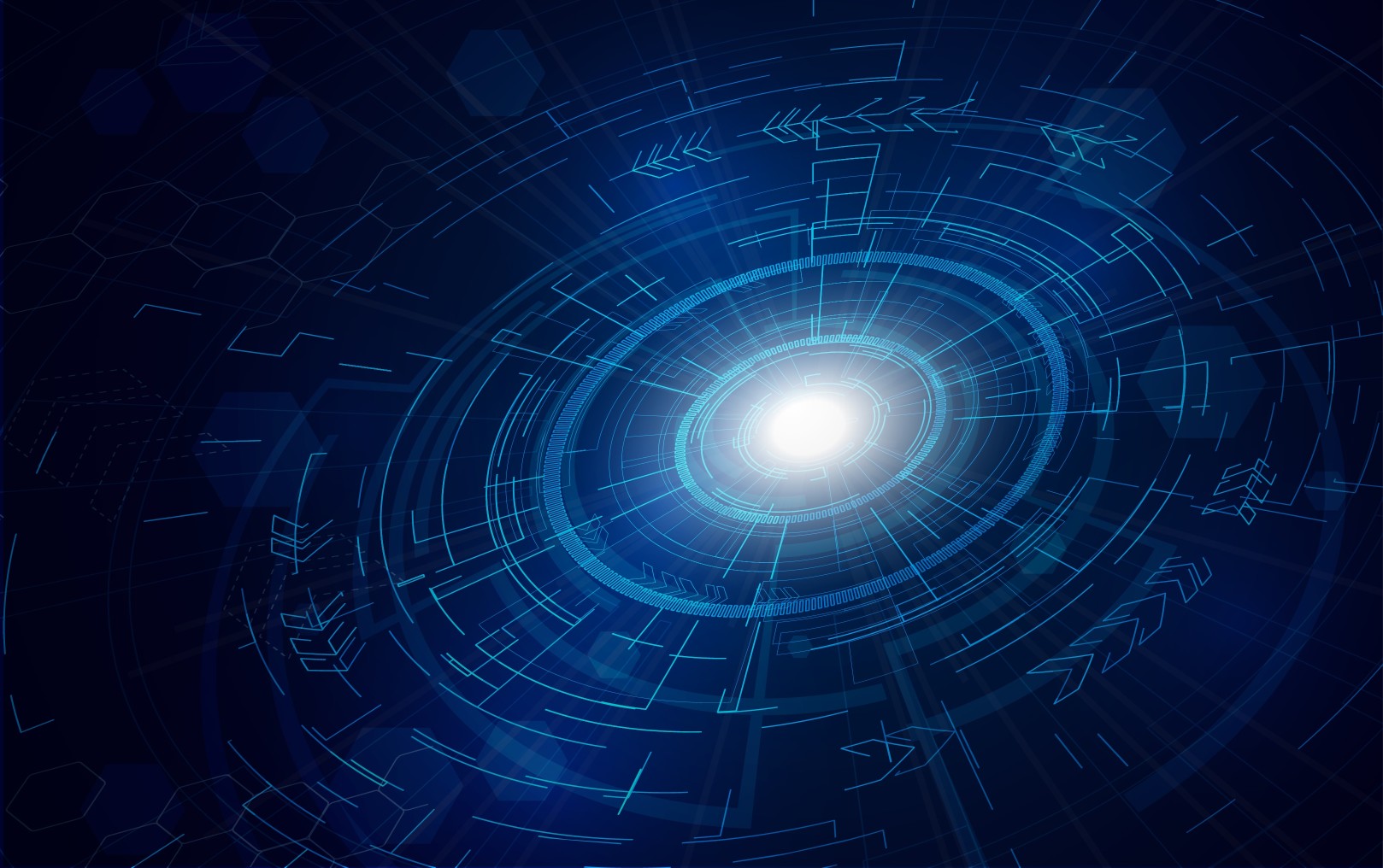Quantum Tunneling, False Memories, and Cybersecurity: The Converging Frontiers of Physics, Neuroscience, and AI
At the bleeding edge of interdisciplinary research, Silkatech Consulting Engineers Inc. is pioneering a bold new framework that links quantum tunneling in photosynthesis, false memory formation in human cognition, and cybersecurity vulnerabilities in artificial intelligence. This research challenges our assumptions about how nature, brains, and machines process information—and how they can all fail in surprisingly similar ways.
The study explores how quantum coherence in photosynthetic pigment–protein complexes like the Fenna–Matthews–Olson (FMO) system enables highly efficient energy transfer through vibronically-assisted tunneling. But this same mechanism can sometimes generate false channels—transient, inefficient pathways that mimic functional energy routes but actually leak or trap energy. These false tunneling events, governed by decoherence and structural noise, are not just physical anomalies—they’re also a metaphor.
In the realm of neuroscience, the team draws a powerful parallel: just as quantum systems misroute energy, the human brain can misroute memories. Under stress or cognitive overload, the brain’s plasticity can form false synapses, reinforcing inaccurate yet believable memory traces. The research shows that these false memories emerge not from sensory errors, but from misaligned neural network dynamics, much like quantum interference patterns can skew tunneling.
Here’s where things get even more futuristic. The researchers at Silkatech extend this analogy into cybersecurity, arguing that social engineering attacks exploit these same network vulnerabilities—only in human minds. Just as a quantum system can be nudged into the wrong energy state, a human mind can be subtly guided to a wrong belief or decision. This insight leads to the introduction of the Leaky Quantum Neural Network (LQNN)—a next-gen model of quantum AI that inherits both the power and the pitfalls of its quantum and biological inspirations.
The research provides simulation results on LQNNs that track key metrics like fidelity score, false memory rate, and leakage entropy across quantum learning epochs. These metrics reveal how adversarial quantum noise can destabilize learning, guiding AI systems into false classification states much like human memories can be misled. To counteract this, Silkatech engineers propose integrating quantum differential privacy, meta-learning filters, and feedback-based synaptic modulation to create more robust quantum learning architectures.
What makes this work truly novel is not just its cross-domain scope, but its proposal of a unified theory of error dynamics—a model where quantum transport, neural misattribution, and cybersecurity failure are all seen as manifestations of one common principle: probabilistic network misrouting under uncertainty.
This innovative perspective opens up new possibilities for:
- Designing bio-inspired quantum AI systems,
- Building resilient, noise-tolerant neural processors,
- Developing more sophisticated tools to counter social engineering attacks.
Silkatech’s research represents a visionary stride toward integrating the physics of photosynthesis, the mechanics of memory, and the security of future technologies.

